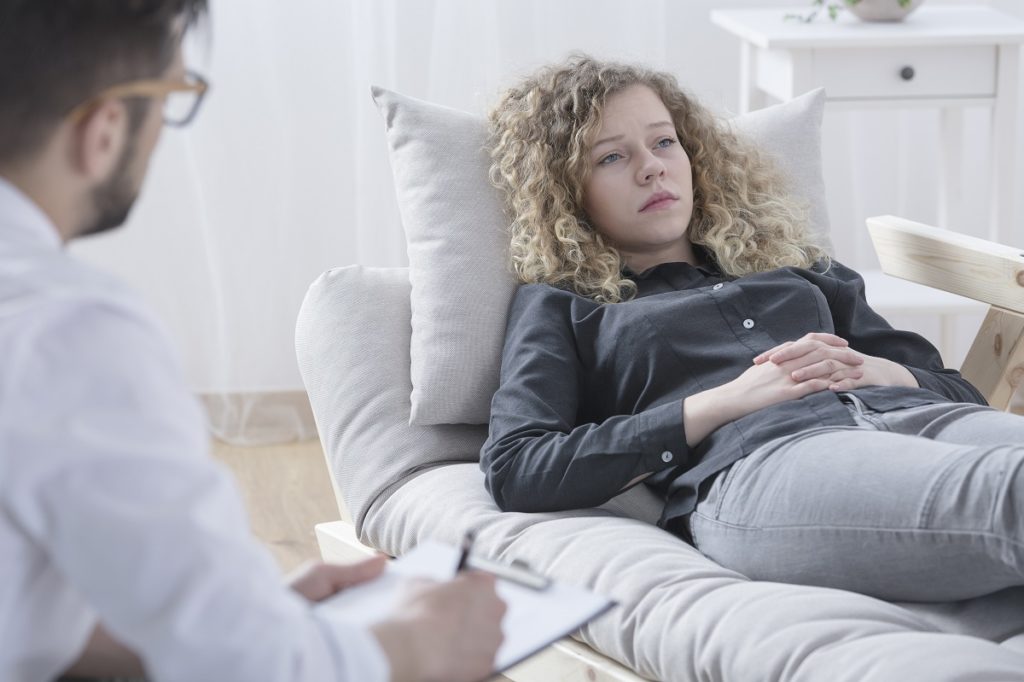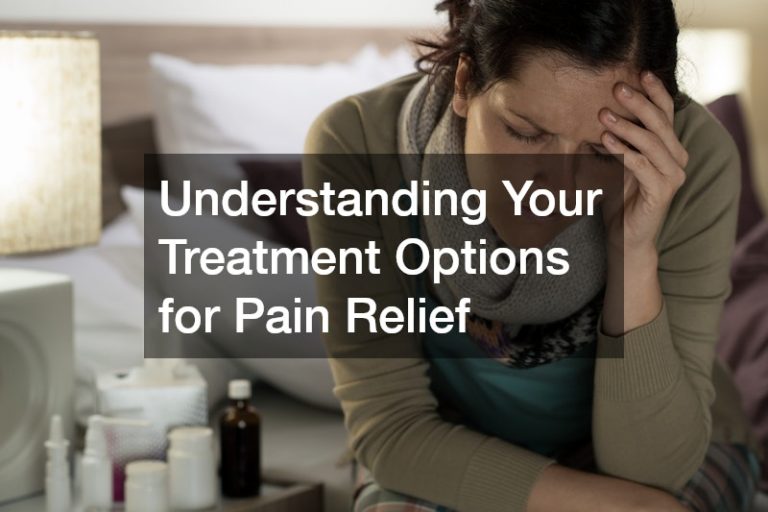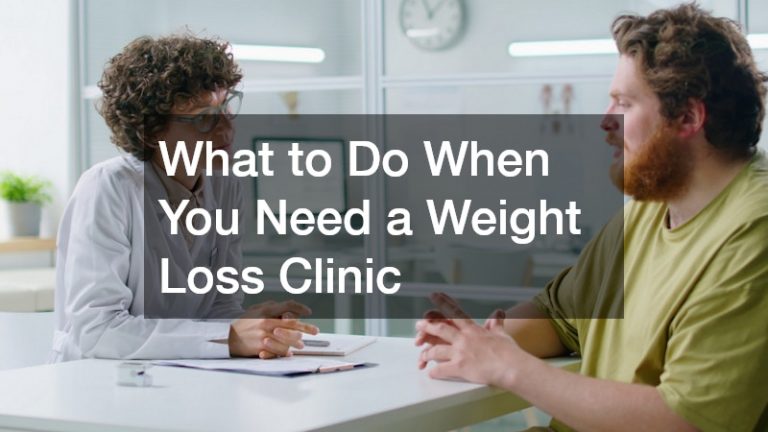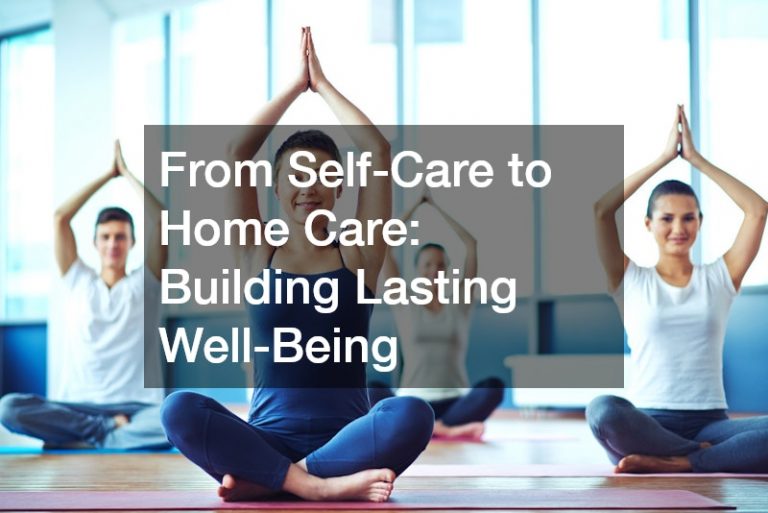Some people have an irrational and excessive fear of a certain situation, object, or living thing even if it does not actually pose an actual threat. If you expose people to their phobia, they can experience physical signs and symptoms. This can include accelerated heart rate, feeling faint, lightheaded, choking, palpitations, and even difficulty of breathing.
One of the most common phobias is claustrophobia. This is the irrational fear of enclosed spaces. The thing with phobias is that one can a mild or severe case, meaning what causes claustrophobic fear to someone may not trigger another claustrophobic’s symptoms.
Usual Triggers of Claustrophobic People
Each individual can have all or just some following triggers of claustrophobia. If you have that intense fear of enclosed spaces, some or all of your triggers could be the following.
- Fitting rooms or closets
- Public toilets or your small bathroom at home
- Trains and airplanes
- Inside a car during a heavy traffic
- Tunnels, bridges, and caves
- Crowded rooms or areas
- Small rooms without any windows
- Revolving doors
- Tight-fitting clothes and seatbelts
- Crowded elevators
- Undergoing CT scans or magnetic resonance imaging
According to a study, one’s claustrophobia can be triggered once personal space is breached. For many claustrophobic people, they have no problem standing near their triggers for as long as they stay six feet away. But once they get closer and their trigger is closer than six feet, they already start feeling their fear rising and showing symptoms.
How Claustrophobia Impacts Your Life
If you have an intense case of claustrophobia, it can be quite difficult living a peaceful life. This is especially true since the more triggers you have, the more difficult it can be. Even basic activities of daily living can put you in a situation where your fear is easily triggered.

Some people think tight places are effortless to avoid. One simply needs to stay away from elevators, fitting rooms, crowded rooms, and public transport. But many fail to understand that even if claustrophobic people can go to great lengths to avoid these areas, there are things and situations that are not that easy to avoid.
For instance, you got into an accident and your doctors need to check if any of your bone, tissue, or organ requires surgical intervention. Before they do any surgery, they will need to do MRI to check. But then, most claustrophobic people get an anxiety attack and can’t keep still during MRIs.
Thankfully, there now exist open upright MRI tests. This is perfect for people with anxiety disorders and claustrophobia. Without this innovation, doctors will have a hard time diagnosing claustrophobic patients.
Many claustrophobics try to stay away from public transport to avoid crowds and small enclosed public transport vehicles. But then, this usually means they need to drive or ride a private car to get to where they need to be. The problem is, many people with claustrophobia are afraid of driving and road trips.
This makes transportation a tricky task. One needs to go somewhere, like their work, to run errands, or visit their family living in the next city. But their fear could be stopping them from traveling.
These are but two examples of how claustrophobia can stop you from living life to the fullest. Your fear can restrict you from doing daily activities that are typical to any other person. Even enjoying your time off from work or getting certain tests done becomes a nuisance.
Thankfully, there are many ways one can overcome claustrophobia. There are treatments available and effective interventions that can help manage your symptoms. The guidance of a professional can greatly help in coping with severe cases of claustrophobia.
How to Start Dealing With Your Fear of Enclosed Spaces
If you are tired of your claustrophobia ruining your life, then you start learning ways you can safely overcome your fear. It is always best to get enough support from the pros and your loved ones who can guide you through the process.
For instance, ask a therapist where you can start dealing with your claustrophobia. Depending on your case, they can recommend which claustrophobia treatment is necessary. Discuss the options and don’t hesitate to share your feelings.
Have someone you trust to guide you. This could mean going on a road trip with that one friend you know will help you go through a long-distance drive. With their help, you can slowly get used to driving long distances without freaking out.
Don’t forget about keeping yourself healthy and strong. Exercise and meditation can reduce anxiety thanks to their ability to produce feel-good hormones. Healthy self-talk is also helpful in guiding yourself through a traumatic situation.
Learn how to visualize something that makes you happy and calm when you are facing your triggers. Instead of resisting the attack, remind yourself that everything will be okay and that this too, shall pass.
Fighting claustrophobia will never be easy but not impossible. The first step is to acknowledge your fear. Know that you can manage your triggers and deal with your claustrophobia with the right intervention. Don’t hesitate to seek help from your loved ones and the pros.






